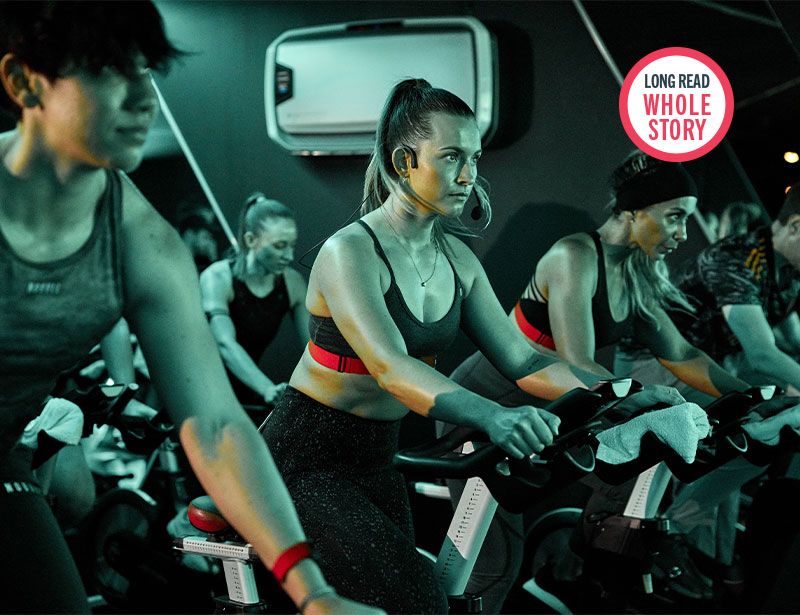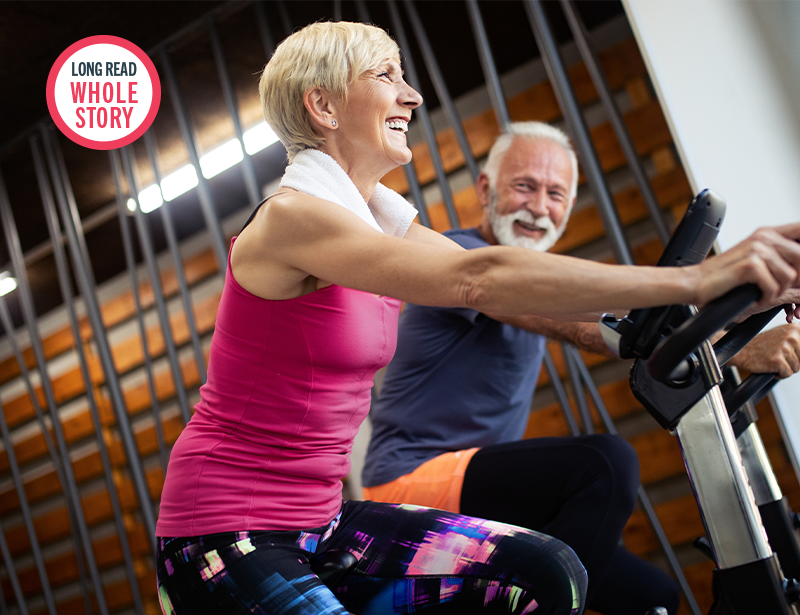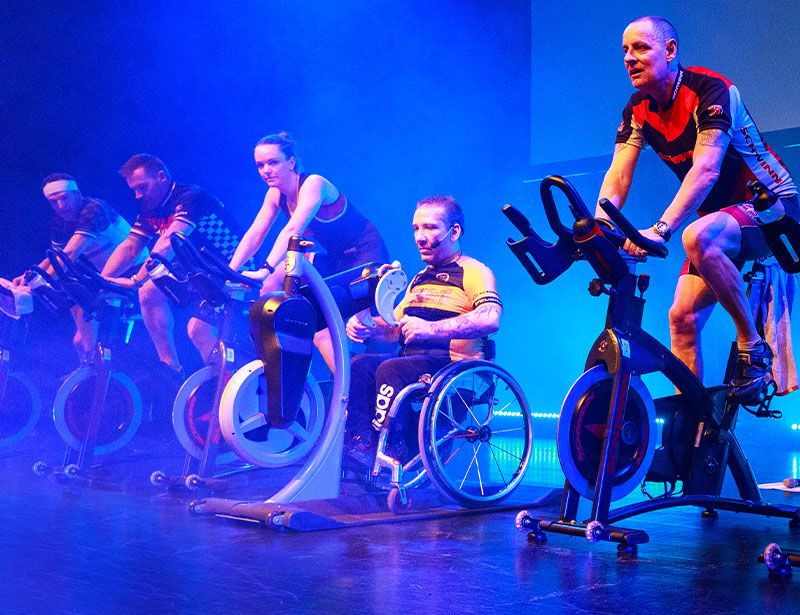Indoor cycling academy
Bumps on bikes
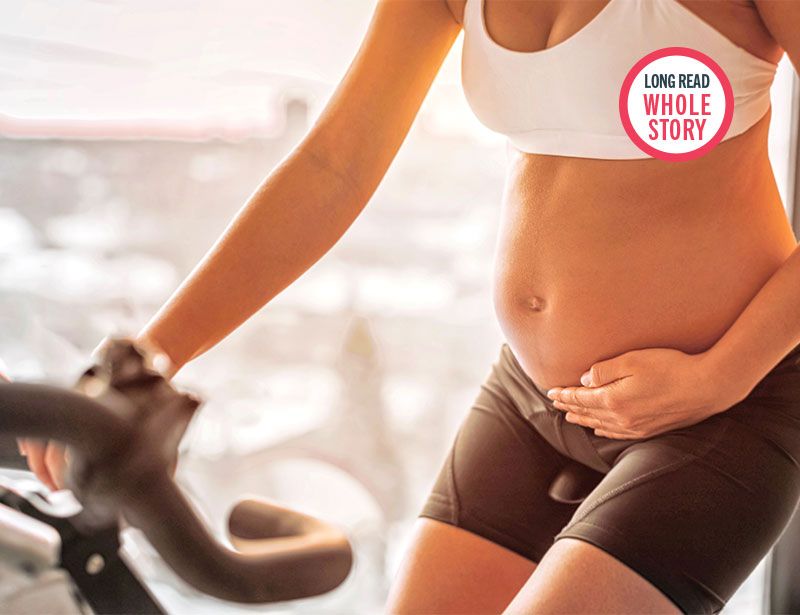
“When discussing exercise during pregnancy, and indoor cycling specifically, it’s good to break things down by trimester,” says Dr Lou Atkinson, Schwinn master trainer and pre- and post-natal indoor cycling expert.
“Obviously every pregnancy and every body is different, but different things happen physiologically at different points in a pregnancy – and the good news is that indoor cycling is pretty much the perfect answer to all these changes.”
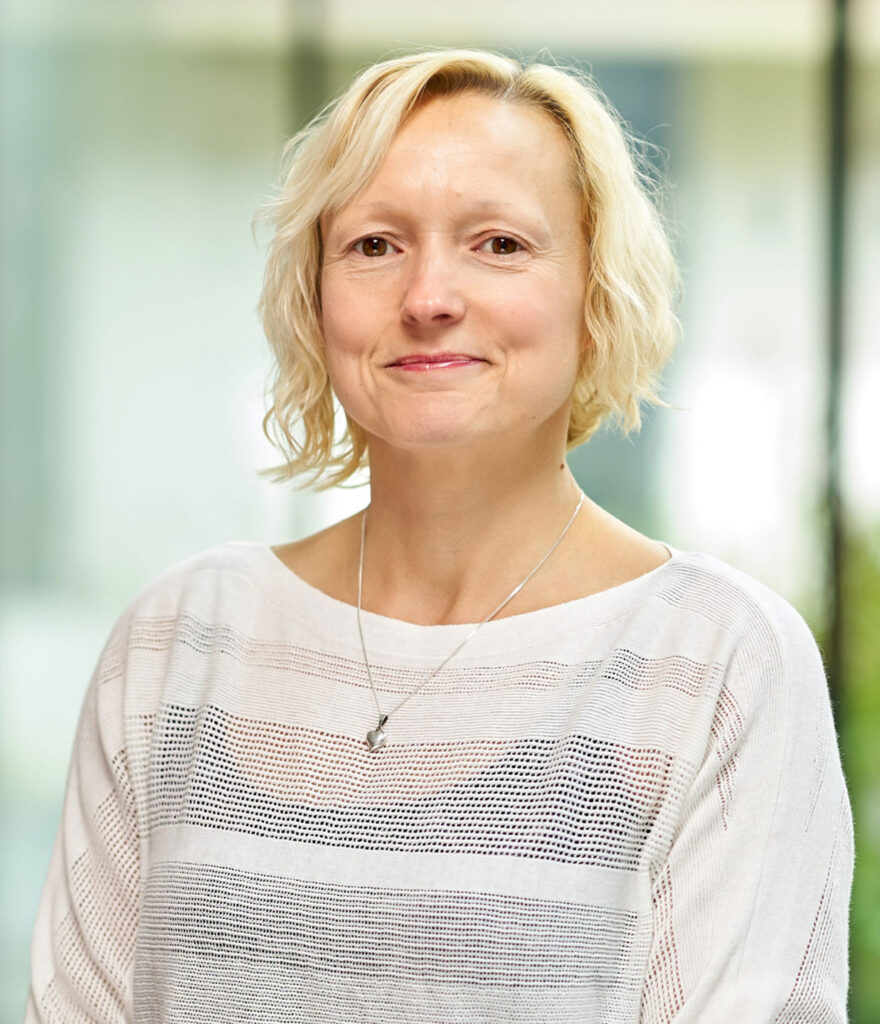
1st trimester
“Almost immediately in the first trimester, hormones kick in to loosen the blood vessels. However, it takes a while for the volume of blood to catch up and fill them again. The result is vascular underfill, which can cause tiredness, nausea and light-headedness; there isn’t enough blood taking oxygen to muscles around the body.
“Indoor cycling is good in the first trimester: you can easily adjust the intensity without anyone else noticing”
“Especially if you’re used to working out at a relatively high intensity, you can notice a big change in your performance – often before you even know you’re pregnant – with your body not responding in the way it normally does.
“Indoor cycling is good in this trimester, because you can easily adjust the intensity without anyone else noticing. You’re already sitting down if you start to feel light-headed, too, and can easily stop and take a breather without getting in anyone’s way.”
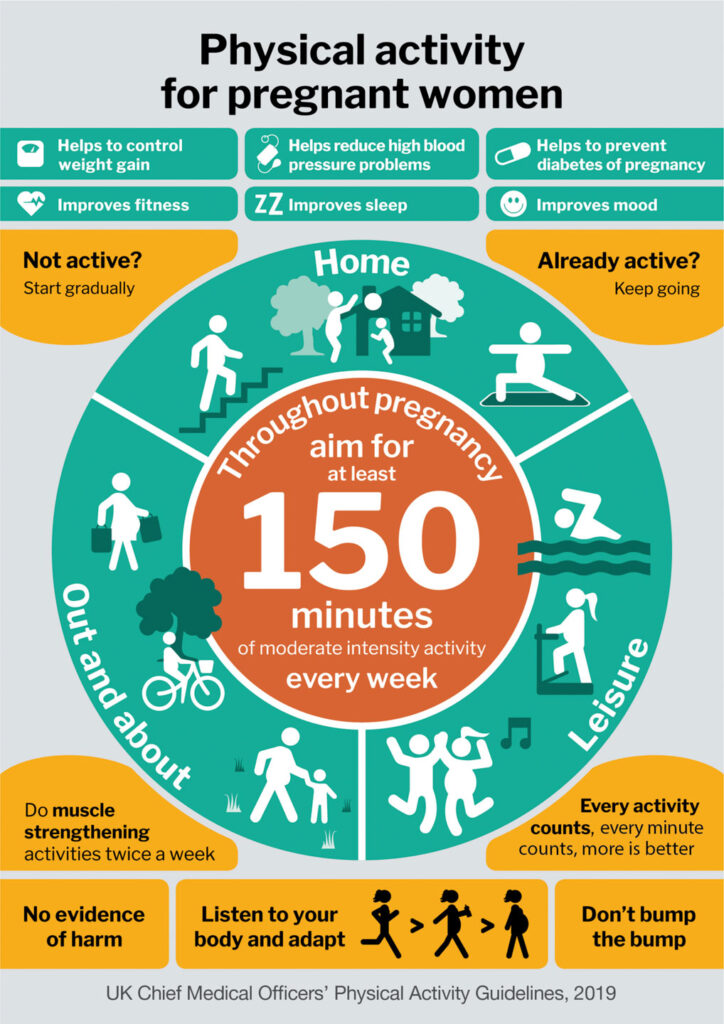
2nd trimester
“In the second trimester, blood vessels and blood volume should be back in sync, giving some people a burst of energy. However, the hormone relaxin loosens the joints, which you do need to be a bit cautious about. Joints may go through a greater range of motion during activity, putting additional strain on the surrounding tissues.
“Postural changes also start to take effect as the bump develops and the pelvis tilts forward. This can cause lower back pain and compensation throughout the body – including neck and shoulders – as well as additional weight through the legs.
“Again, indoor cycling is a great option. As a fixed and uni-directional pattern of movement with no impact, you’re unlikely to move your joints past the point you normally would – plus it’s simple to master even when you have baby brain!
“Lifting the handlebars makes space for the bump and reduces the strain on core muscles”
“You’re also sitting down, taking the weight off your legs and feet. And you can adjust the bike set-up around your changing body: lifting the handlebars makes space for the bump and reduces the strain on core muscles by raising the angle of the body.
“From around 20 weeks, as you get bigger and the baby starts to move around more, the general advice is to spend more time in the saddle, both from a stability perspective and for the sake of the joints. But of course, that’s an individual choice.”
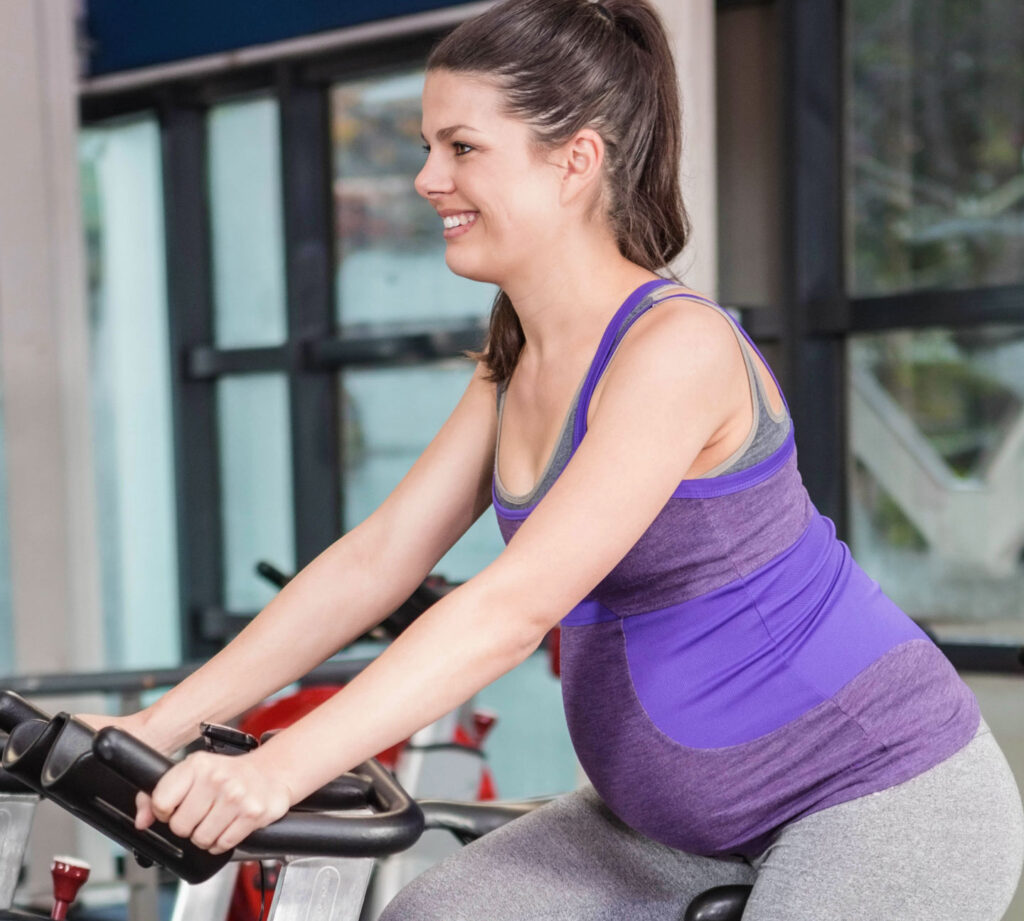
3rd trimester
“In the third trimester, pregnant women should be treated as if hypertensive. That said, small modifications such as limiting exercise with arms overhead will suffice in most cases. After all, exercise can also help maintain optimal blood pressure.
“There’s now even more weight gain, exacerbating the postural changes, and it’s really important not to bump the bump.
“So, indoor cycling still works well. Our advice is that you can keep cycling for as long as the bump fits in without touching any of the bike’s protruding parts.”
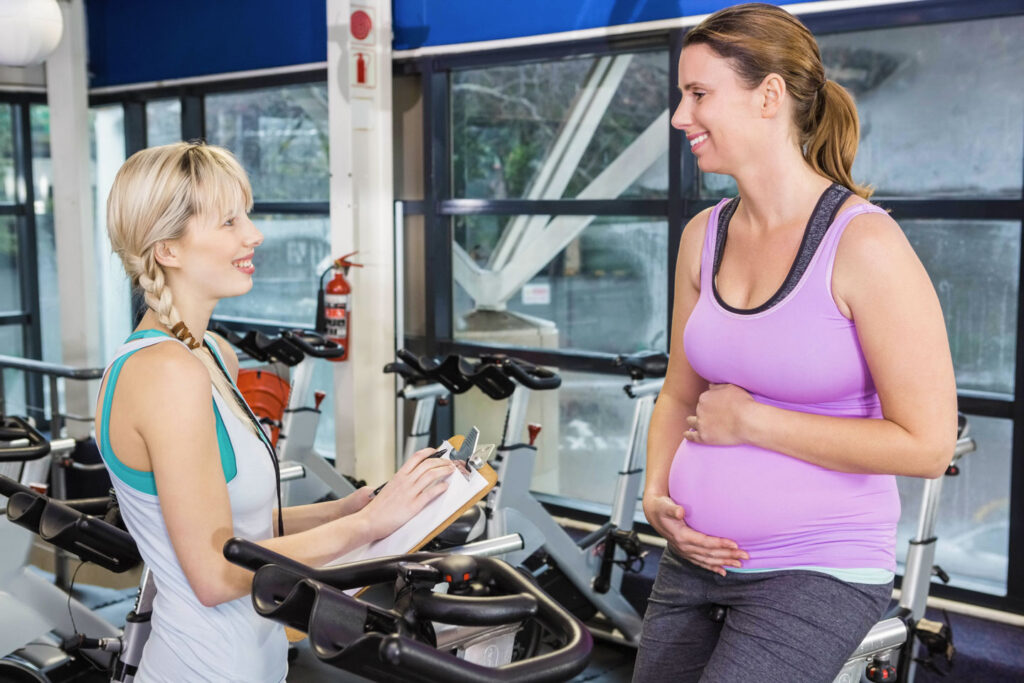
Is it really safe to cycle?
“It’s important to attend regular antenatal checks to ensure there are no medical issues – such as pre-eclampsia or very high blood pressure – that mean you shouldn’t exercise. Assuming there are no such complications, it’s safe to be physically active and indoor cycling is a great option for all the reasons we’ve already mentioned.
“The overall guidelines are now very clear, with two main pieces of advice.
“If you exercised regularly before you were pregnant, it’s fine to keep going, aiming for the usual 150 minutes’ moderate activity a week. Do also recognise that less is still beneficial and more is also fine if you’re used to it and it feels good.
“As a coach, you have a balance to strike between duty of care and respecting everyone’s right to make their own choices”
“If you weren’t regularly active before, it’s fine to start during pregnancy and there are huge benefits of doing so, both for yourself and your baby. But start slowly, perhaps 15 minutes of low to medium intensity, and build up.
“The only things that are really contraindicated during pregnancy are extreme heat – hot yoga, outdoor runs in the heat of the day, swimming pools above body temperature – and anything that could cause trauma to the bump through contact, collision or falling. Most women self-regulate as far as these risks go, which is fine provided they understand what the risks are. It’s why the Get active questionnaire for pregnancy is such a good tool (see Additional Resources info box below).
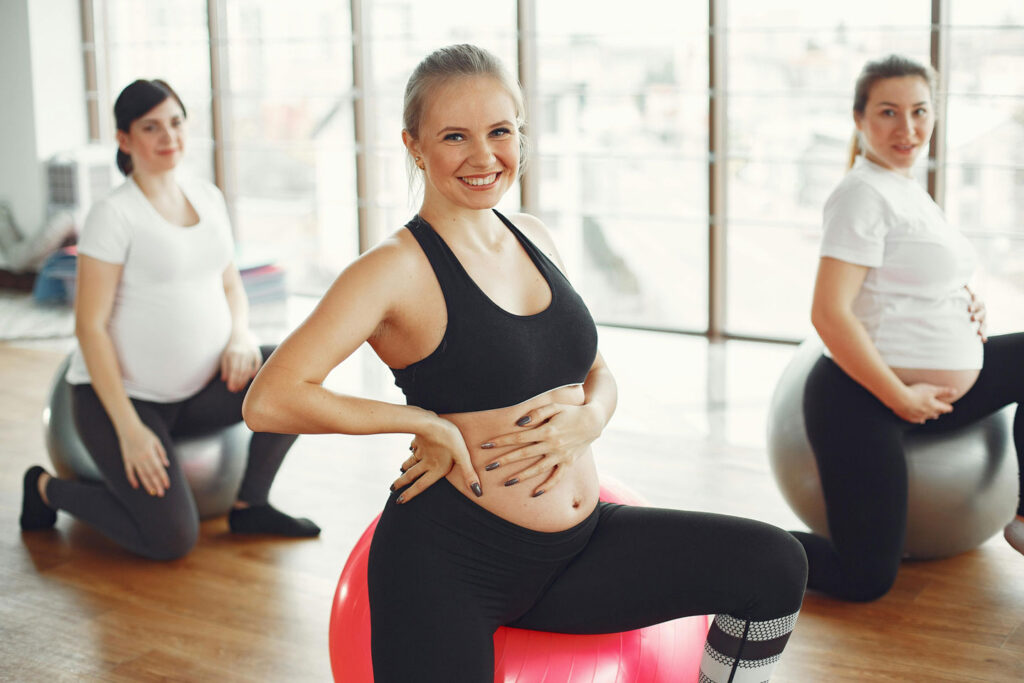
“Rather than the old approach where alarms would go off the moment a PAR-Q found a member was pregnant, this new approach sees women complete their own questionnaire to discuss with their healthcare professional. It gives each individual the information they need to understand their own risks and make an informed decision, instead of being told ‘yes’ or ‘no’ based on a few tick boxes.
“That’s great, because once contraindications are ruled out, women can be confidently active while pregnant. There’s no evidence of any increased risk of things like miscarriage, stillbirth, preterm labour or limited growth of the baby. The risks really are hugely outweighed by the benefits.”
What are the benefits?
“Being physically active while pregnant reduces the risk of a number of possible negative outcomes. On a day-to-day basis throughout your pregnancy, you’ll sleep better and suffer less discomfort from things like back pain and varicose veins. You’re less likely to need an emergency C-section or assisted birth and more likely to have a shorter labour with a vaginal birth. You’re less likely to suffer from post-natal depression and your baby is less likely to be large for its gestational age, in turn reducing the risk of conditions such as obesity in later life.”
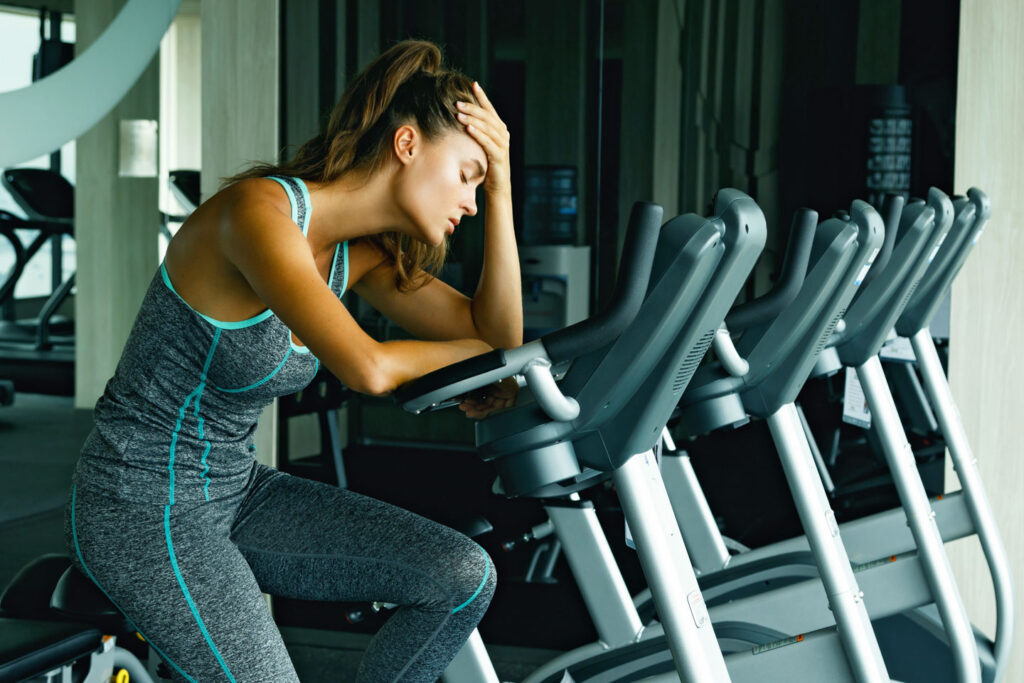
What about post-natal cycling?
“With plenty of relaxin still in the body, indoor cycling remains a great option for the joints. If you have heavy breasts from breastfeeding, indoor cycling is also more comfortable than some other activities as you don’t move around too much. Plus simple moves are always good if you’re sleep-deprived and have brain fog!
“The guidelines in the UK are to wait until your six-week post-natal check before you do any structured exercise – walking is great in the meantime – or 12 weeks if you’ve had a C-section. When you do start, build up slowly, listen to your body and be kind to yourself. If there’s any pain, stop. If you’re taking more than a day or two to recover, you’ve probably gone too hard, too fast.
“Your posture on the bike may still be different from how it was before you were pregnant, so take time on the set-up and ensure you feel supported. If the saddle isn’t comfortable, give it another week or two.
“Remember you’re still working with a healing body – one that’s potentially significantly and even permanently different from your pre-pregnancy body.”
What’s your advice to coaches?
“Don’t be scared if someone tells you they’re pregnant. It’s a normal, natural part of life in which being active brings huge benefits and limited risks that are easily managed in an indoor cycling class.
“Help the individual understand what they want from class and take that onboard so you can support them. It will generally be less about fitness goals and more about staying healthy, mental wellbeing and what’s good for them and the baby. Encourage them to focus on this. Let them know that even shorter, less frequent, less intense workouts are still great. Let them know it’s OK if they want to leave after 20 minutes, especially while they’re slowly building up to doing more. Direct them to take the bike near the air conditioning unit and to drink plenty of water.
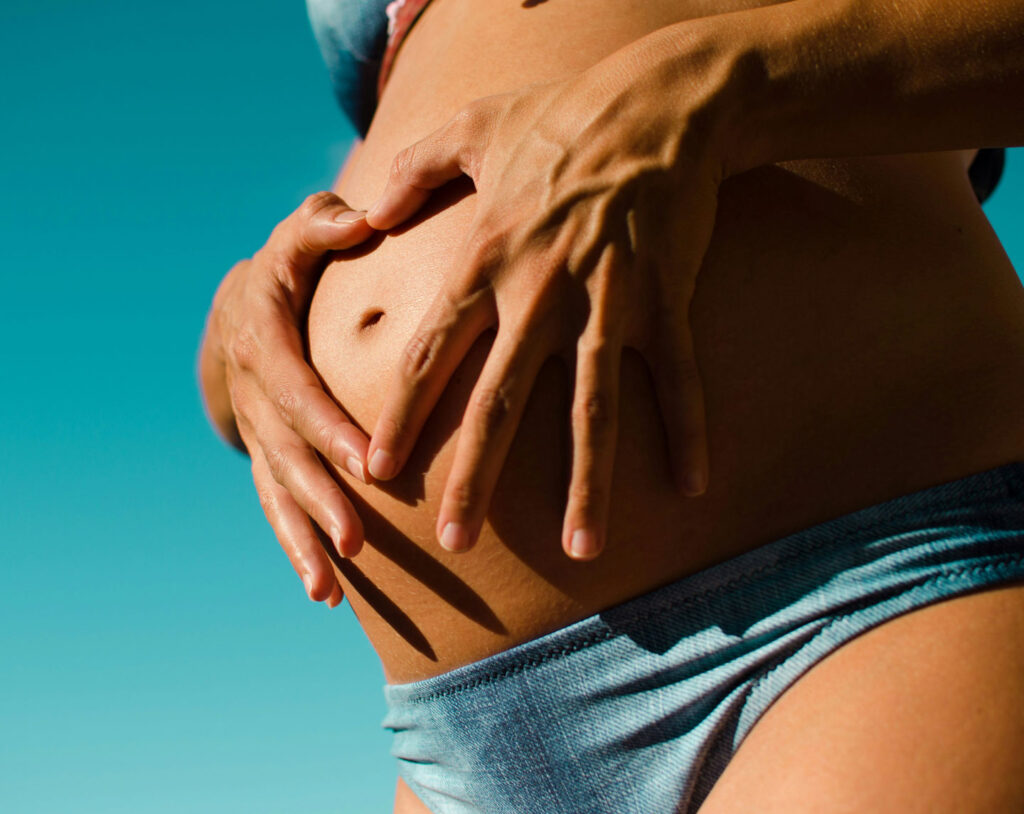
“It’s more tricky when someone who’s used to being fit doesn’t appear to be self-regulating, pushing themselves as hard as they’ve ever done. As a coach, you have a balance to strike between duty of care and respecting everyone’s right to make their own choices.
“One tip is to reassure them that they won’t lose a huge amount of fitness by slowing down for a few months. You can also explain how relaxin stays in the body for a while after pregnancy – especially if they breastfeed – and how this can give a post-partum performance boost to help them get back into it.
“Being active brings huge benefits and limited risks that are easily managed in an indoor cycling class”
“Standard good practice also applies here. If your normal approach is to offer options and modifications in class, that will benefit pregnant participants. Getting to know every participant as an individual also means private conversations can be had in the studio without it seeming strange.
“That’s crucial, because if someone tells you about their pregnancy in the early stages – seeking your advice and support to stay safe and comfortable – it’s a huge privilege and a secret to keep. I’ve had women tell me about pregnancies before they’ve even told their families. This is not your information to share in any way, but it is a wonderful opportunity to reassure them of their safety and how normal it is for their body to do strange things!”
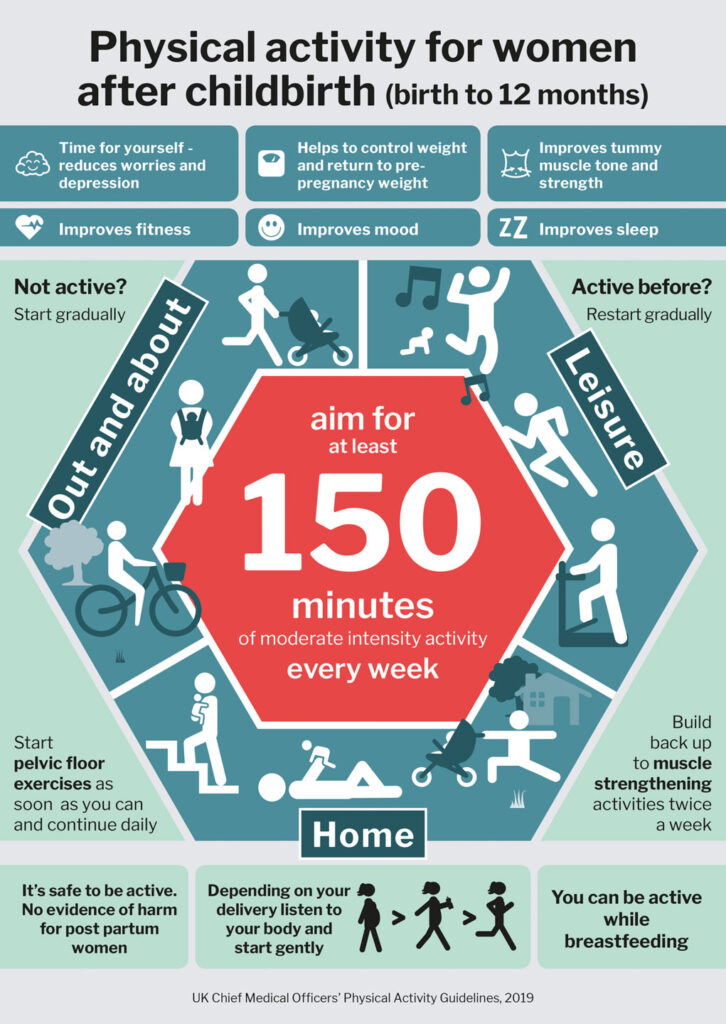
How about post-natal coaching?
“Most of these women will now have different priorities, so treat everyone as an individual. Many of those who used to focus on achieving maximum fitness will now exercise to be healthy so they can be a good parent; to feel in control of their body again; and to support their mental wellbeing.
“They will likely be looking to connect with the person they were and still are. Encourage them to enjoy this adult ‘me time’ and reassure them that they don’t have to be straight back on top of the leaderboard.
“Crucially, I strongly advise avoiding cues that refer to pre-pregnancy bodies or getting back into that old pair of jeans. It’s psychologically damaging and sets women up for failure. Many will never have the same body again. They need to know that’s OK.”
“These are still normal adults who just happen to be pregnant. A mainstream indoor cycling class is perfectly safe for them.”
What’s your advice for clubs?
“As a facility, it can be hard to justify dedicated ‘bumps on bikes’ classes, especially at the peak times most women will want: they’re likely to still be working during the day and too tired to come at 8.00pm.
“And as I say, these are still normal adults who just happen to be pregnant. A mainstream indoor cycling class is perfectly safe for them.
“However, pregnant women often tell me they’d ideally like to be in a class with other pregnant women, run by a specialist coach – to be among those who really understand them. If as a club you can find a way to make this work commercially, it would definitely be the ideal scenario for the women.”
Additional Resources
-
-
-
-
-
-
- Dr. Lou Atkinson is available to deliver workshops on pre- and post-natal indoor cycling for gyms and instructor teams.
Find her on instagram: @getmefitlou - Exercise and Physical Acticity During Pregnancy and Postpartum – a book of evidence based guidelines (e-book and single chapters also available to purchase)
- Active Pregnancy Foundation resources library
- Get active questionnaire for pregnancy – forms & guidance (UK versions)
- CIMSPA-accredited free e-learning module suitable for health and exercise professionals
- Dr. Lou Atkinson is available to deliver workshops on pre- and post-natal indoor cycling for gyms and instructor teams.
-
-
-
-
-

Conceived, powered and funded by BODY BIKE®, RIDE HIGH has a simple mission: to celebrate and champion the very best of indoor cycling, sharing ideas, stories and experiences from around the world to inspire the sector on to even bigger and better things. Subscribe for free by leaving your details below and we'll send indoor cycling's hottest news direct to your inbox three times a year.

